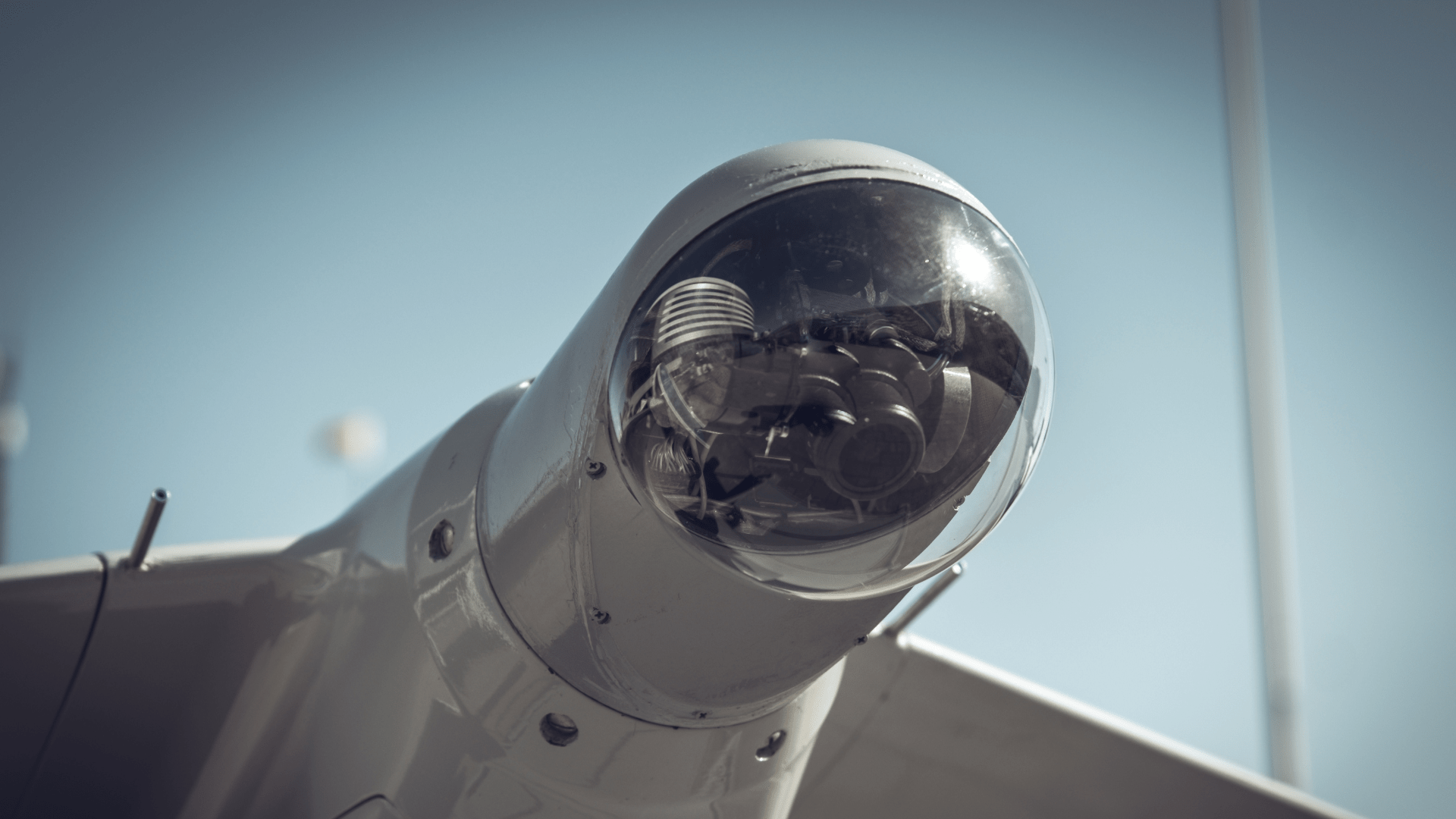Optical Axis: The Central Line of Sight in Optical Systems

Glossary Definition
The optical axis is a fundamental concept in optics and refers to the central line of sight in an optical system. It serves as a crucial reference line that guides the path of light rays through various optical elements, such as lenses, mirrors, or prisms. Understanding the optical axis is essential in designing and analyzing optical systems, including cameras, telescopes, microscopes, and many other devices that rely on the principles of optics. Below are some frequently asked questions (FAQs) to provide further clarity on this critical concept:
FAQs:
Q1: What is the role of the optical axis in an optical system? A: The optical axis serves as a reference line to guide light rays through the optical elements. It ensures that light rays follow specific paths, such as refraction through lenses or reflection from mirrors, leading to proper image formation.
Q2: Does the optical axis always coincide with the physical axis of an optical element? A: In many optical systems, the optical axis coincides with the axis of symmetry of the optical element, especially in lenses and mirrors with circular or cylindrical shapes. However, in some cases, the optical axis might deviate slightly due to asymmetric designs or intentional optical adjustments.
Q3: How is the optical axis used in camera optics? A: In cameras, the optical axis plays a crucial role in aligning the lens and image sensor. Proper alignment ensures that the captured image is sharp and focused, avoiding aberrations and distortions.
Q4: Can the optical axis be tilted or adjusted in optical systems? A: Yes, in certain optical systems, such as telescopes and microscopes, the optical axis can be tilted or adjusted to achieve specific imaging requirements. Precision alignment is crucial for optimal performance.
Q5: Are all optical systems symmetrical with respect to the optical axis? A: No, not all optical systems are symmetrical. Some optical systems, like anamorphic lenses or prismatic binoculars, might exhibit asymmetric designs that introduce unique optical effects.
Q6: What happens if the optical axis is misaligned in an optical system? A: Misalignment of the optical axis can lead to various optical aberrations, including astigmatism, coma, and chromatic aberration, degrading image quality and reducing system performance.
Q7: Is the optical axis always straight? A: Yes, the optical axis is typically represented as a straight line in simple optical systems. However, in more complex optical designs, especially in systems with multiple lenses or mirrors, the optical axis might undergo slight curvature due to the arrangement of optical elements.
Q8: How does the optical axis affect the field of view in optical systems? A: The optical axis defines the central line of sight and plays a role in determining the field of view in an optical system. Proper alignment ensures that the field of view captures the desired scene with accuracy and clarity.
Q9: Can the optical axis be bent or deflected by external factors? A: The optical axis can be influenced by factors like temperature changes, mechanical stress, or refractive index variations in optical materials. These factors can lead to optical misalignments and affect system performance.
Q10: Is the optical axis the same as the line of sight in an optical system? A: Yes, the optical axis is synonymous with the line of sight in an optical system. It represents the central path along which light travels, guiding its interactions with optical elements to produce the final image.
The understanding of the optical axis is essential for engineers, researchers, and designers working with optical systems across various fields, enabling them to create advanced devices and technologies that harness the principles of optics for a wide range of applications.


